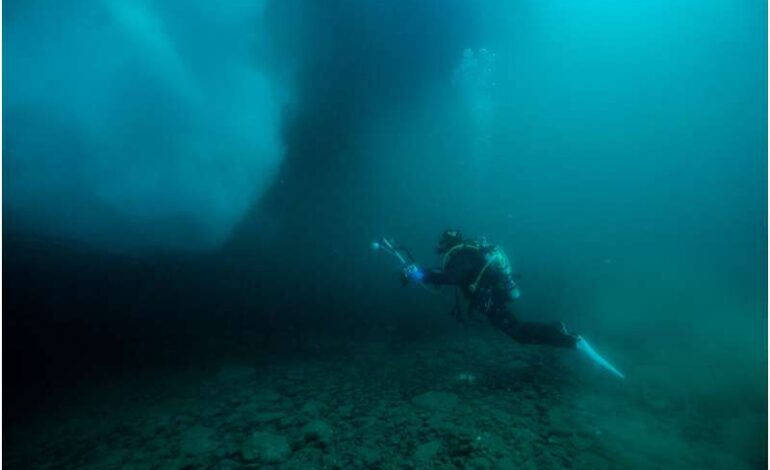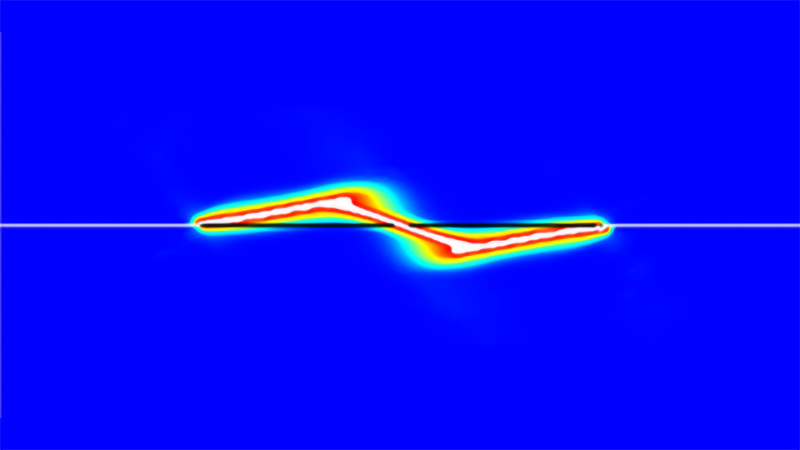Marine DNA Reveals New Fish Habitats and Gaps in Ocean Mapping

Scientists have made significant strides in understanding marine biodiversity by utilizing genetic material found in seawater. A recent study has uncovered fish species in locations previously thought to be devoid of them, highlighting substantial gaps in current ocean mapping efforts. This groundbreaking research was spearheaded by Loïc Sanchez from the University of Montpellier in France, along with the Center National de la Recherche Scientifique.
The study employed a technique known as Environmental DNA (eDNA), which allows researchers to detect and identify various fish species without the need for physical capture or photographic evidence. This method is particularly effective in revealing the presence of elusive species often missed by traditional mapping techniques, which typically rely on nets and underwater cameras focused on easily accessible areas.
To assess the distribution of marine fish, the research team collected nearly 1,000 water samples from 542 locations worldwide, encompassing polar regions and tropical islands. They analyzed the genetic material in these samples and compared their findings against established occurrence databases, such as the Global Biodiversity Information Facility (GBIF).
The results, published in PLOS Biology, indicated that 93% of geographic ranges for various species were underestimated. This means that many fish were found living far beyond their historically mapped locations. Notably, the crocodile icefish, previously thought to inhabit only the frigid waters of the Antarctic, was detected in Patagonia, located in southern South America.
The research also revealed that 7% of species’ ecological niches were underestimated. Some species were found to tolerate environmental conditions previously deemed unlivable. For instance, the crocodile icefish was discovered in water temperatures nearly 10 degrees Celsius warmer than previously documented.
These findings raise critical questions about the effectiveness of current mapping methodologies, which often overlook remote areas and rely heavily on conventional sampling techniques. As the scientists stated in their study, “Our results suggest that sampling in remote areas and performing eDNA surveys in over-sampled areas may both increase fish ecological niche ranges toward unexpected values, with consequences in biodiversity modeling, management, and conservation.”
The implications of this research are far-reaching. A comprehensive understanding of fish habitat ranges and their survival limits is vital for effective conservation strategies, particularly as species face increasing threats from climate change and human activity. Without accurate mapping, efforts to protect vulnerable marine species could fall short, leaving them at heightened risk of extinction.
The study represents a significant advancement in marine ecology, providing a powerful tool for global biodiversity surveys and conservation efforts. As researchers continue to explore the depths of our oceans, the hope is that these new techniques will lead to a more complete understanding of marine life and its intricate ecosystems.






